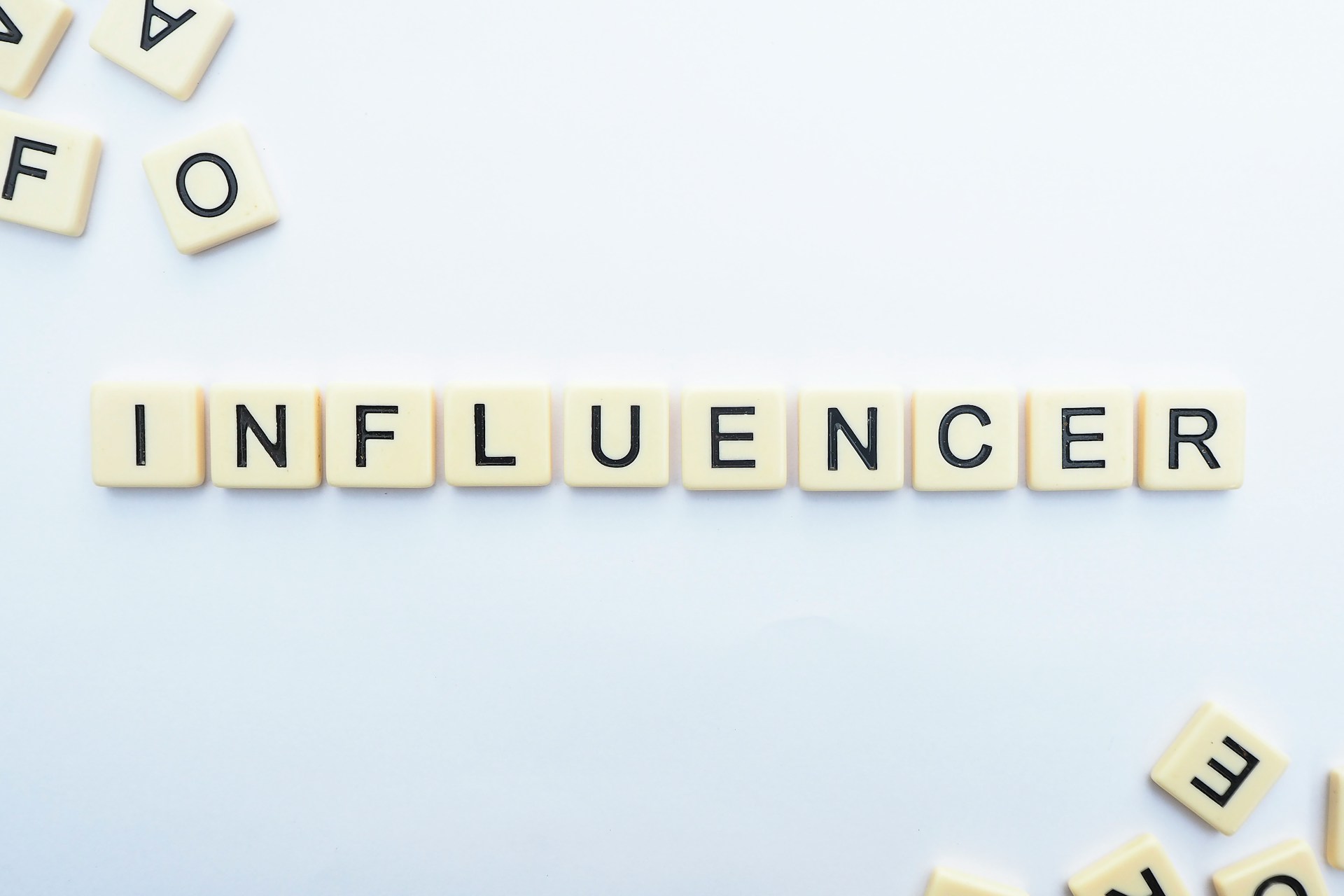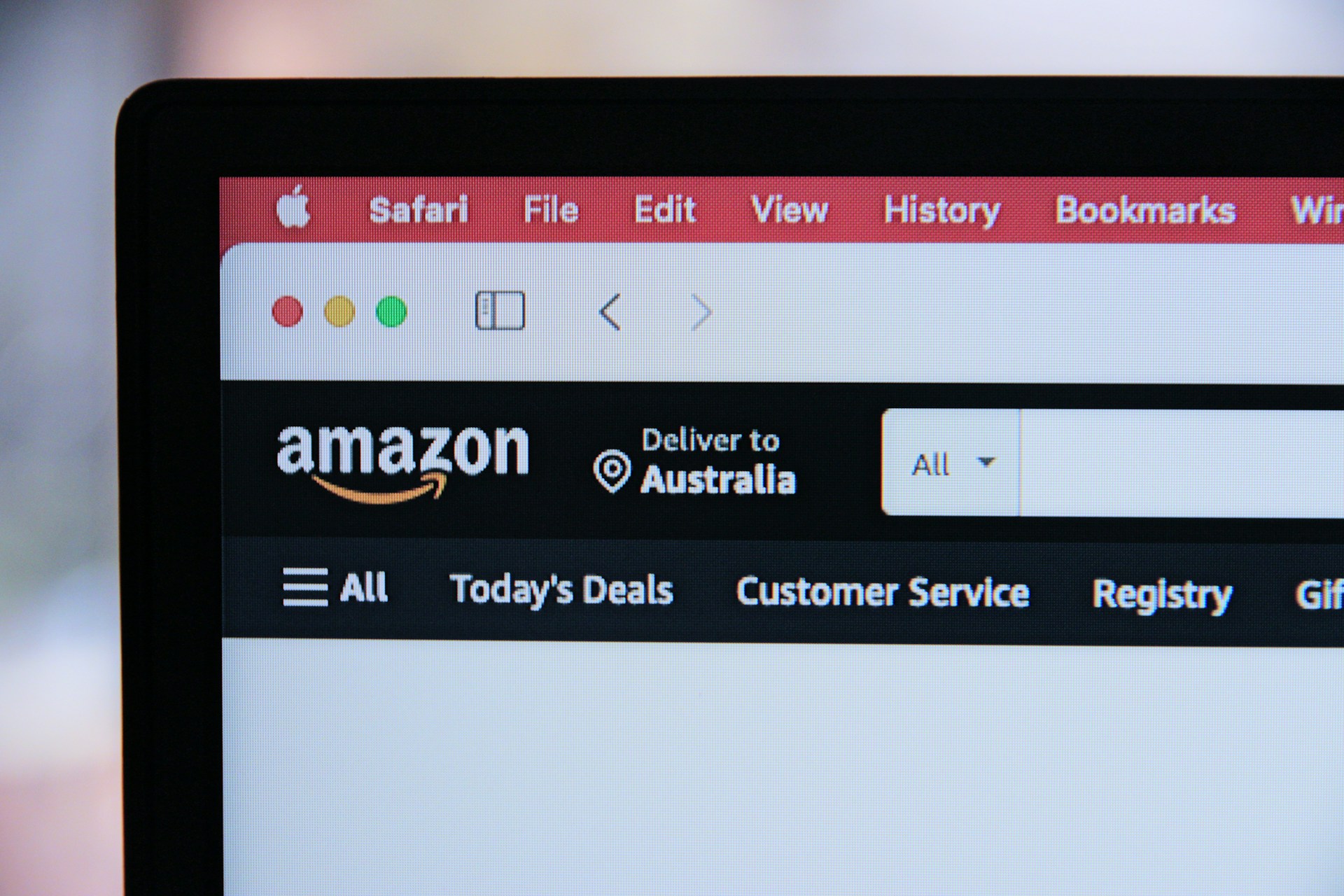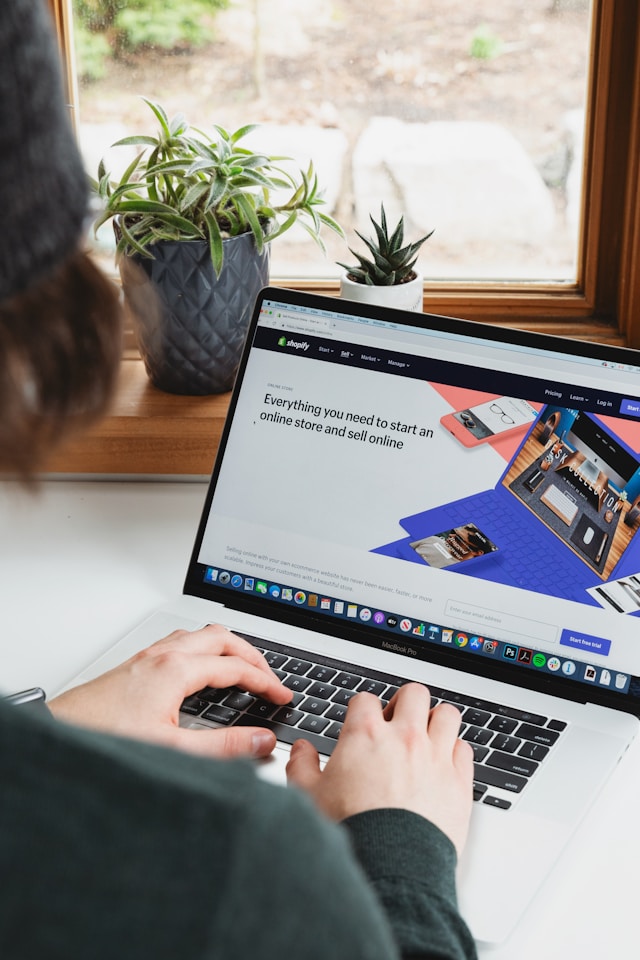
Billboards: Old-School Ads That Still Work
In an age where social media algorithms dictate what we see and when, and digital ads follow us across websites and apps, there’s something refreshingly simple—and surprisingly effective—about a giant sign by the side of the road. Billboards, one of the oldest forms of advertising, continue to stand tall in the modern marketing world, proving that traditional doesn’t mean outdated.
The Power of Presence
Unlike online ads, which can be skipped, blocked, or scrolled past in a flash, billboards command attention simply by being there. Placed along busy highways, city streets, and high-traffic areas, they offer brands a physical presence that’s hard to ignore. A bold design, clever message, or eye-catching image can leave a lasting impression on drivers and pedestrians alike—even in just a few seconds.
In fact, that’s one of the billboard’s greatest strengths: simplicity. Because people often view them while on the move, billboard ads are designed to be instantly digestible. There’s no need for pop-ups, click-throughs, or video buffering—just a message, a visual, and a few fleeting seconds to make an impact.
Technology Meets Tradition
Billboard advertising hasn’t stayed frozen in time. The rise of digital billboards has added a dynamic edge to this classic medium. These LED-powered displays allow for rotating messages, real-time updates, and animated content. A brand can advertise a morning coffee special during rush hour and switch to dinner deals by evening—something traditional print simply can’t do.
Digital billboards also allow for more targeted marketing. With smart data and location tracking, advertisers can tailor content based on the time of day, weather, or even local events, making the message more relevant to passersby.
Building Brand Awareness
Billboards aren’t typically used for direct response advertising. You won’t click a link or fill out a form while driving past one. Instead, they’re powerful tools for brand awareness. They keep names, logos, slogans, and imagery in the public eye—subtly reinforcing a brand’s presence in the daily lives of consumers.
Studies show that repeated exposure, even passively, leads to better recall. This is why major brands, despite having robust digital strategies, continue to invest in outdoor advertising. Think of Coca-Cola, McDonald’s, or Apple—chances are, you’ve seen their billboard campaigns, even if you weren’t consciously looking.
A Cost-Effective Strategy
Compared to the rising costs of digital ad placements and pay-per-click campaigns, billboards offer impressive reach for the price. Especially in high-traffic areas, a single billboard can generate thousands of impressions per day. And since the ad is up 24/7, there’s no need to compete for attention in a crowded digital feed.
For small businesses and local campaigns, this can be a game-changer. A well-placed billboard in a strategic location can bring awareness to local offerings and events that may not get traction online.
The Bottom Line
While the marketing world continues to evolve, not every old tool needs to be replaced. Billboards prove that staying power isn’t just about nostalgia—it’s about results. They offer high visibility, real-world engagement, and a straightforward way to broadcast a message to the masses.
In short, billboards may be old-school, but they still get the job done—and in today’s fragmented media landscape, that kind of reliability is more valuable than ever.








